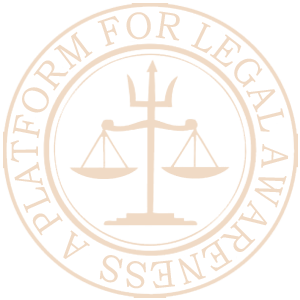Top Ten Legal Headlines of The Week-02 Sep 2024
Top ten legal news wrap up of the week
The Power of Mouth Publicity: How Social Factors Shape Consumer Choices
In the field of marketing, it is essential to comprehend the several aspects that impact customer behaviour. Word-of-mouth marketing, also known as
The Long Arm of Justice: Historical and Contemporary Approaches to War Crimes Prosecution
War crimes are one of the most heinous acts in human history and are a clear violation of the standards of humanity even amid warfare. These gross and systematic human rights violations that include murder, torture, and the use of force against civilians cannot be ignored or go unpunished. This blog analyses the nature of war crimes and the role of their study in fostering a more just and humane global society.
Evolution of the Indian Penal Code to Bharatiya Nyaya Sanhita (BNS)
India's criminal justice system is a testament to its remarkable resilience and adaptability. It has evolved to meet the needs of various historical periods, including the recent amendment of the Bhartiya Nyaya Sanhita. This blog explains the evolution of the penal system in India.



.png)
.png)